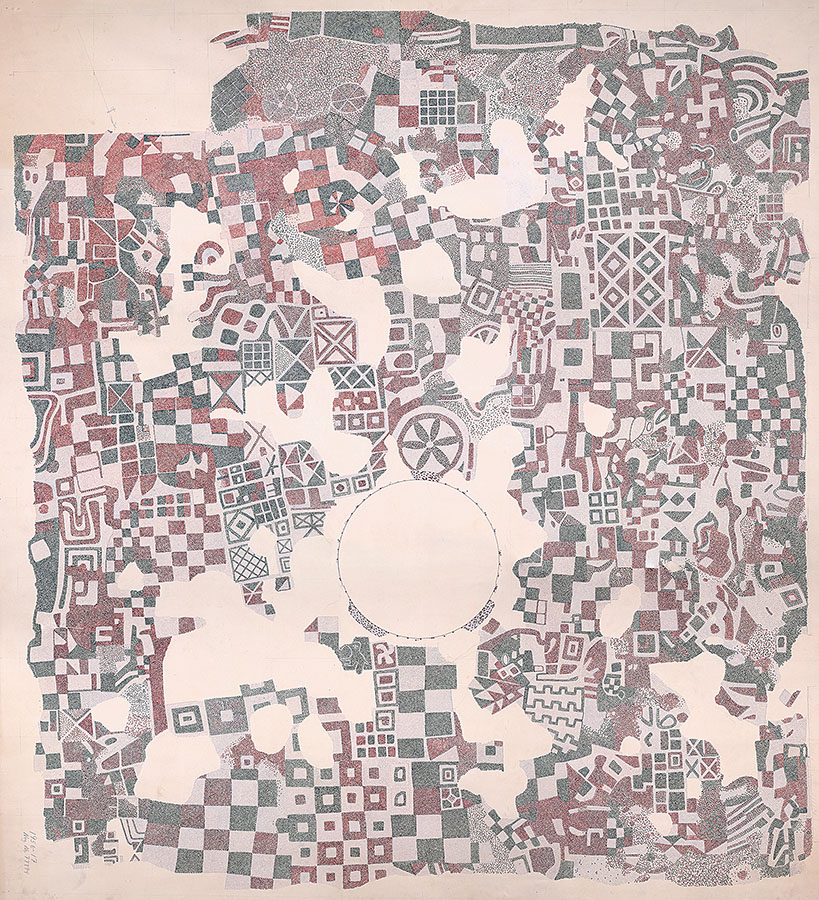AJA Open Access
BY-NC-NDJanuary 2017 (121.1)
Field Report
Fieldwork at Phrygian Gordion, 2013–2015
This article presents the results of new excavation, remote sensing, and conservation activities at the Phrygian capital of Gordion in central Turkey. The most important discoveries were of Iron Age date and relate to Gordion’s fortification system and city plan. Fieldwork focused on the southern side of the Citadel Mound, where excavation yielded a large Early Phrygian (ninth century B.C.E.) glacis or stepped terrace wall more than 2.5 m in height that supported a substantial fortification wall nearly 3 m wide. New fortifications dating to the Middle Phrygian (eighth century B.C.E.) and Late Phrygian (sixth century B.C.E.) periods were also uncovered in the same area, as was a new gateway leading into the citadel. A sondage beneath the Early Phrygian “Terrace Building Complex,” or industrial quarter, produced traces of occupation during the Early Bronze Age, as well as evidence for the construction of an enormous terrace during the ninth century B.C.E. A new campaign of remote sensing clarified the street plan in Gordion’s two residential districts (the “Lower Town” and “Outer Town”), in addition to revealing the presence of fortification walls, defensive ditches, and a large fort on the western side of the Outer Town. Conservation activities focused on the Terrace Building, the ninth-century B.C.E. pebble mosaic floor from Megaron 2, and the Early Phrygian Gate Complex, still the best-preserved citadel gate in Iron Age Asia Minor.
